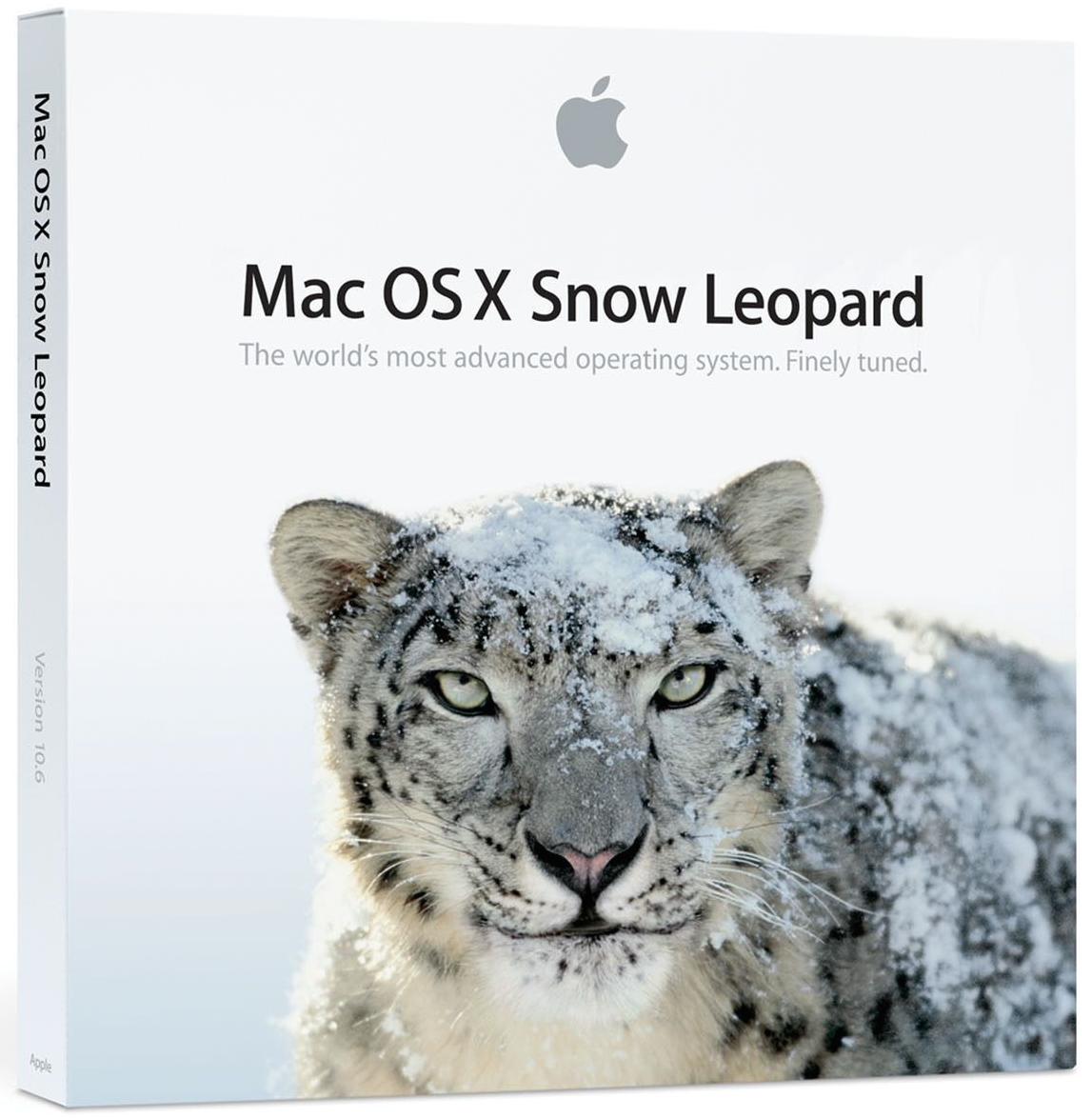Yesterday, someone asked me if “Apple has got a realistic chance with Snow Leopard?” competing against Windows 7. He was particularly interested in Macintosh uptake in the enterprise. I gave him my answer, which I will blog here with additional analysis.
My answer to his question is “No.” Snow Leopard won’t convert many more businesses to the Mac, particularly with Windows 7 launching three to six weeks later and likely appearing on new PCs before Apple’s new operating system ships. Later this year, Microsoft and its partners will cover the planet in Windows 7 marketing, which will help further marginalize Mac sales. I’ll further explain my reasoning.
Vertical applications stack. Microsoft controls the desktop-to-server business productivity stack, mainly because of Office on the desktop. The Macintosh application stack still isn’t mature enough, but it’s better than Linux—and that is thanks to Microsoft. Businesses still want Office, which is available for Macintosh, too, but not Linux. Snow Leopard will offer fuller Exchange integration, removing another business barrier to adoption. But the applications stack is still immature for the mass of businesses.
However, there are some verticals for which Macintosh offers a better application stack than Windows. Snow Leopard’s media streaming capabilities are compelling—and they support Apple applications that content creators favor, such as Final Cut Studio. Apple’s vertical applications stack for content creation and media production beats the hell out of Windows’ stack. Office-Windows-Windows Server defines one kind of vertical stack. Final Cut-Snow Leopard-Snow Leopard Server defines another.
Apple’s consumer media content software is better than anything I’ve seen on Windows, too. For consumers or professionals with specific needs—Haha, like journalists—iLife is the application suite for content creation. The problem I see is cost of entry, given the weak economy. To realistically join the Mac Club, consumers must pony up $999. For many people, a Windows 7 PC will be good enough for the much lower price. An iLife-equivalent for Windows would help Seven.
Windows 7 system requirements. Windows 7 is the first Microsoft desktop OS that runs faster on older hardware. It’s a strange positional change. For years, Mac fans could rightly claim that older Macs ran faster when upgraded to a newer operating system. Now, Microsoft can make the same claim, which means many businesses will be able to deploy Windows 7 on existing hardware (and maybe marginally old gear). That’s a big, bad deal for Macintosh. The only time most businesses consider switching platforms is when making a new hardware upgrade, particularly when there is a hardware-software stack as there is with Apple. That’s where Snow Leopard can’t compete on price—not if the cost is an expensive new Mac to get the software. The weak economy makes a platform switch even less likely.
However, Macs do run Intel processors, and last week Apple cut Pro notebook prices. Many businesses are still replacing desktops with laptops. Mac laptops can run Windows. If IT has got to buy a new notebook anyway, a Snow Leopard MacBook Pro could certainly be considered. I do expect some trickle sales, particularly for any business users creating or producing content.
Pulling PowerPC’s plug. Businesses running older, non-Intel Macs can’t run Snow Leopard. They will need to buy new hardware, too. Snow Leopard only supports Intel-based Macs, which started shipping on iMacs and MacBook Pros in January 2006. There are plenty of PowerPC Macs still in use, particularly in key Apple verticals like education. Businesses swapping out Mac hardware are sure to look at Windows 7 alternatives. Given the weak economy, how much more Macs cost than Windows PCs and how good Windows 7 looks, smart Microsoft sales folk and channel partners should be able to convert some of those Mac desktops to Windows 7 PCs.
iPhone, not Snow Leopard. Mac OS X 10.6 doesn’t offer enough different for the price gulf between between new Macs and Windows 7, whether as upgrade or purchase with new PC. That is for the mass of businesses. As I stated some paragraphs back, there are key verticals which will choose Snow Leopard, as upgrade or on new Mac.
It’s iPhone more than Snow Leopard that’s going to cause Microsoft and its partners problems. There is an identifiable sales “halo effect” in the consumer market, where iPod sales led to more consumer Mac sales. I’m on record a year ago asserting that iPhone is likely to have some halo effect in the business market by pulling some Mac sales. Apple’s Exchange support, on iPhone and Snow Leopard, is key to making halo sales possible.
As for Snow Leopard, I’m not exactly crowing about an exciting release. Apple’s $29 Leopard upgrade pricing pretty much reflects how much more users will get. Maybe the “Snow” added to Leopard should be interpreted as nothing more than the equivalent of Windows XP Service 2, which dramatically improved the operating system’s security and performance. Difference: Microsoft didn’t charge for its service pack.
Perhaps in happy economic times, my analysis would be much more favorable for Apple. The Mac has claimed as much new business customer business as it’s going to get now—not without something else. That’s going to be iPhone 3G/3GS, or nothing.
